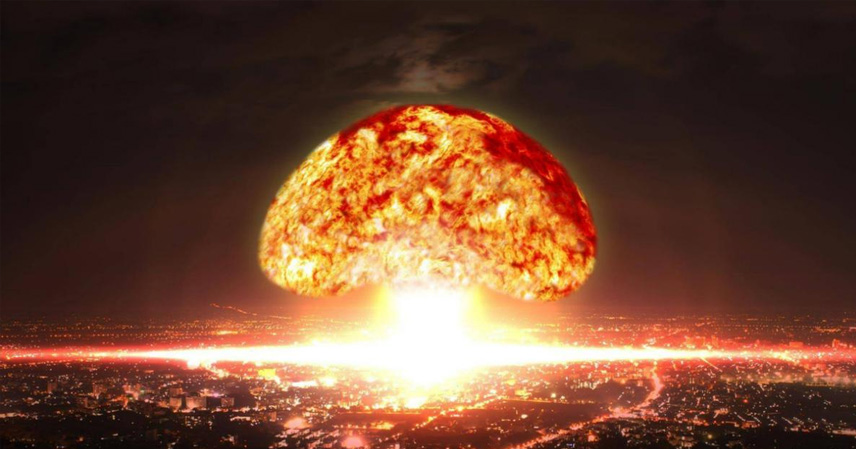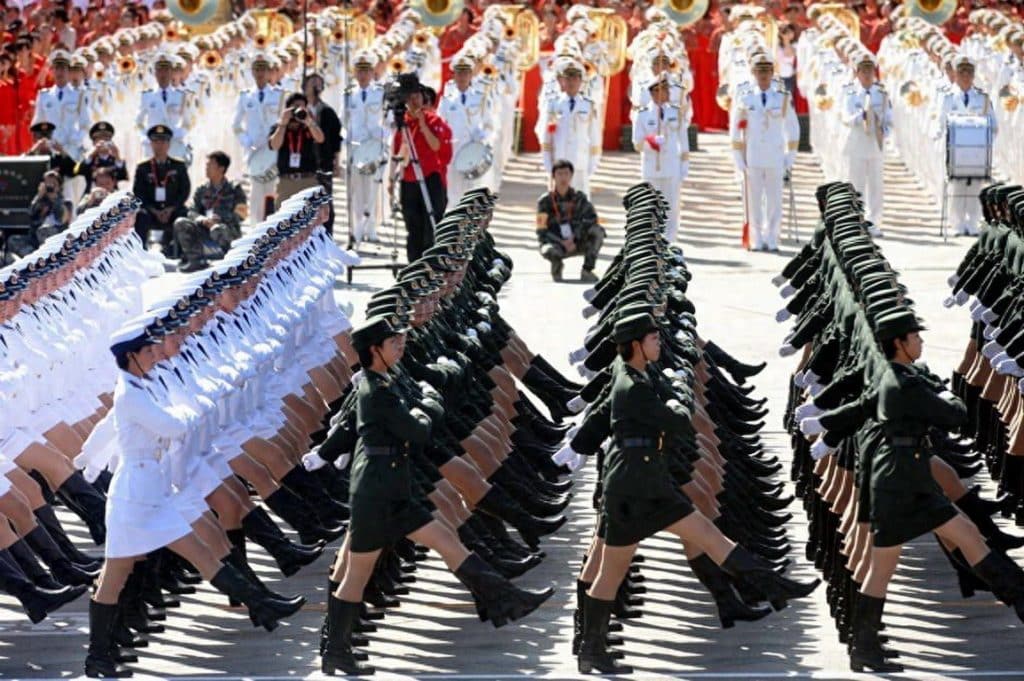At the United Nations General Assembly, Ambassador Geng Shuang delivered three pointed demands to the United States: halt the global missile defense system, withdraw land-based intermediate-range missiles from the Asia-Pacific, and remove all nuclear weapons deployed overseas.
This was not a mere diplomatic statement—it was a textbook example of an “open strategy” (阳谋). Whether the U.S. complies or refuses, it faces a strategic dilemma. So, why is this move so powerful?
I. How the Three Demands Strike at the Core of U.S. Strategy
These demands are not isolated slogans; they are aimed directly at the three pillars of U.S. global military power, each one striking a vital weakness.
- Halting the global missile defense system challenges America’s dream of “absolute unilateral security.”
- For years, Washington has worked to build a missile shield across Eurasia, from Romania to the Sea of Japan, using the Aegis system and SM-3 interceptors.
- While branded as a “defensive shield,” this network is in reality an offensive tool that undermines strategic balance and could lower the nuclear threshold by creating the illusion of a successful first strike without retaliation.
- China’s move exposes this danger, aiming to prevent a destabilizing arms race under the guise of defense.
- Withdrawing U.S. land-based intermediate-range missiles from Asia is a direct counter to America’s “forward deterrence.”
- Deployed in Japan and the Philippines, these missiles—capable of carrying Tomahawk cruise warheads—put China’s eastern seaboard at immediate risk.
- By highlighting this fact, Beijing strips away Washington’s rhetoric of “regional security” and forces the U.S. to choose: withdraw to show peace, or stay and reveal itself as a reckless military adventurer.
- Removing all nuclear weapons deployed overseas and ending “nuclear sharing” is the most disruptive demand.
- The U.S. has stationed tactical nukes like the B61-12 in non-nuclear NATO states (Belgium, Germany, Italy, the Netherlands, Turkey), training local pilots to handle nuclear strikes.
- This is de facto nuclear proliferation and runs counter to the spirit of the Nuclear Non-Proliferation Treaty (NPT).
- Meanwhile, Washington blocks other countries’ peaceful nuclear development while maintaining the world’s largest arsenal—an unmistakable double standard.
II. Why the U.S. Loses Whether It Withdraws or Not
Beijing has crafted a strategic paradox where both U.S. options carry heavy costs.
- If Washington withdraws:
- Its carefully built “extended deterrence” framework collapses. NATO allies, especially those dependent on the nuclear umbrella, would experience deep insecurity, risking NATO’s cohesion.
- In the Asia-Pacific, Japan and South Korea’s trust in U.S. protection would likely erode, destabilizing the U.S.-led alliance network.
- In effect, America would be dismantling its own hegemonic foundation.
- If Washington refuses to withdraw:
- It cements its image as a “serial nuclear proliferator” and “saboteur of the international nuclear order.”
- China, Russia, and other states under U.S. nuclear pressure gain the moral high ground to justify countermeasures.
- Maintaining costly nuclear-sharing programs, upgrading arsenals, and running overseas bases only drain U.S. resources—a financial black hole for an already strained economy.
In short, China does not expect immediate withdrawal; the goal is to push Washington into a position of moral isolation and strategic passivity.
III. The Strategic Confidence Behind China’s “Open Strategy”
Why does Beijing have the confidence to make such bold demands? The answer lies in China’s historic rise in comprehensive national power and military capability.
- In areas such as hypersonic weapons, drone warfare, naval modernization, space, and cyber operations, China has made major advances, in some cases pulling ahead of the U.S.
- This has eroded America’s conventional military superiority in the Asia-Pacific, forcing Washington to lean more heavily on nuclear power as its last deterrent.
- By directly targeting U.S. nuclear policy, China is effectively removing the last card America relies on for coercion.
Beyond hard power, this move reflects China’s shift from a “rule-taker” to a “rule-maker.”
- Rather than reacting within Western-defined agendas, China is now setting the terms at global platforms like the UN.
- By championing strategic stability and nuclear restraint, Beijing bolsters its image as a responsible power safeguarding global peace.
Clearly, China is seizing the initiative in great-power competition. This bold UN move not only pressures Washington to rethink its outdated hegemonic logic but also clarifies for the world who truly defends global peace and who creates instability.
The next step is entirely Washington’s: how will it respond to a challenge that cuts to the very roots of its global dominance?
References
- Statements from the Chinese Mission to the UN (Ambassador Geng Shuang’s remarks).
- Reports on U.S. missile defense deployments and NATO nuclear-sharing policy.



